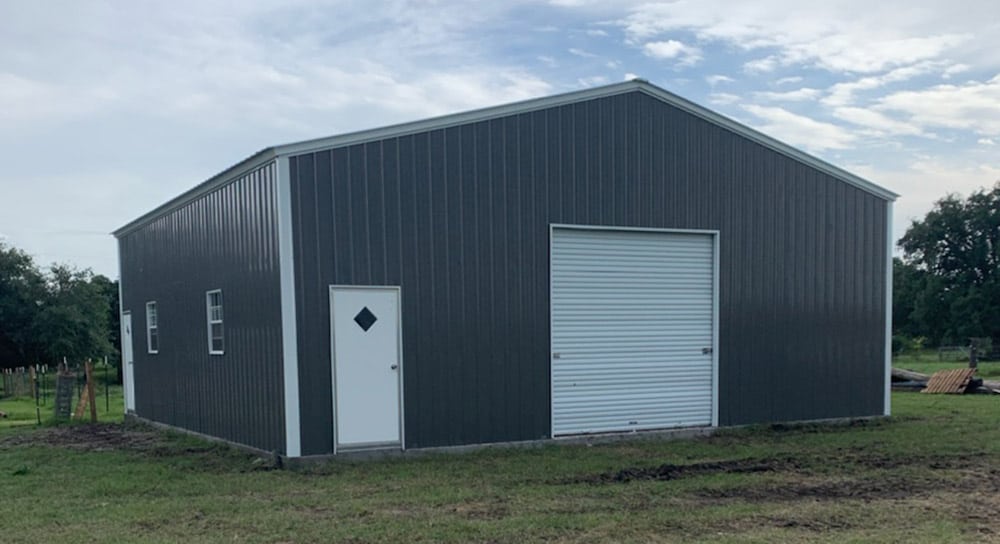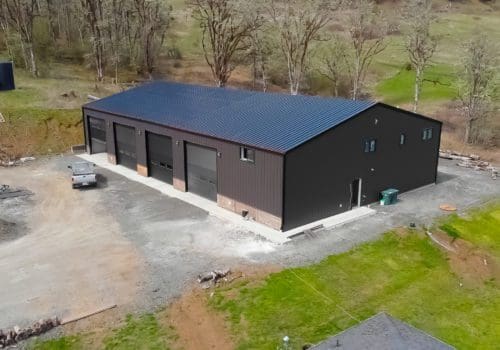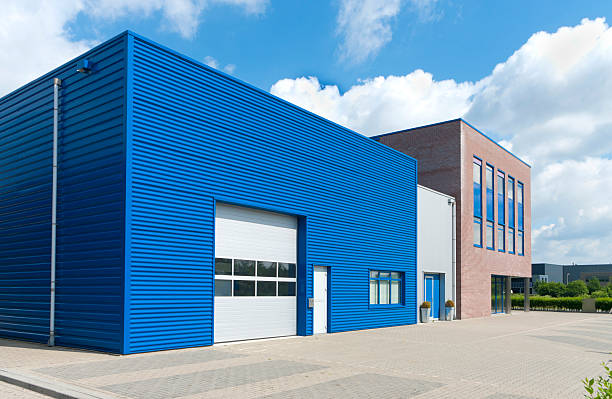Innovative Steel Buildings: Cutting-Edge Designs for Modern Applications
Innovative Steel Buildings: Cutting-Edge Designs for Modern Applications
Blog Article
Professional Guide to Steel Building Design: Optimizing Efficiency and Longevity
In the realm of construction, the option of structure material holds paramount value in figuring out the effectiveness and long life of a framework. Steel, with its remarkable toughness, longevity, and versatility, has emerged as a preferred option for contemporary building design. Engineers and architects are continually discovering ingenious ways to harness the possibility of steel in creating long-lasting and sustainable buildings. From enhancing style considerations to implementing economical construction techniques, the trip in the direction of making best use of effectiveness and long life in steel building layout is a multifaceted one, supplying a mix of useful challenges and imaginative remedies that drive the sector ahead.
Benefits of Steel Structures
Steel structures use unequaled resilience and cost-effectiveness compared to typical construction materials. The toughness of steel gives exceptional architectural integrity, making it a favored selection for structures that need to stand up to harsh weather or heavy tons. Steel is highly resistant to pests, mold and mildew, and fire, ensuring a much longer lifespan with marginal upkeep requirements. Additionally, steel is a sustainable material, as it is completely recyclable and can be repurposed at the end of its useful life.
In terms of cost-effectiveness, steel buildings are usually much more budget-friendly than frameworks made from various other products. The reliable construction process of steel buildings can result in lowered labor prices and much shorter project timelines. Steel's longevity likewise translates to lower upkeep expenditures with time, as there is less requirement for substitutes or repairs contrasted to traditional building products.
Style Factors To Consider for Performance
Provided the benefits of steel structures in regards to durability and cost-effectiveness, it is critical to concentrate on style factors to consider that maximize effectiveness and durability. When developing a steel structure for optimum efficiency, aspects such as the insulation, layout, and orientation should be carefully taken into consideration. Reliable designs can reduce material waste during building and improve the performance of the structure. Additionally, picking the right orientation can assist optimize all-natural light direct exposure, minimizing the need for man-made lights and decreasing energy costs.

Additionally, integrating energy-efficient systems, such as heating and cooling, lighting, and renewable resource resources, can additionally enhance the effectiveness of steel structures. By incorporating these layout factors to consider, steel frameworks can achieve optimal performance and longevity, giving economical and lasting options for different construction projects.
Structural Stability and Durability

Regular upkeep, consisting of inspections for indications of wear or damage, is likewise critical for recognizing and resolving issues prior to they endanger the structure's integrity. By focusing on architectural stability in the design phase and throughout the structure's lifespan, proprietors can ensure their steel structures continue to be risk-free, effective, and resilient for years to come.
Cost-Effective Construction Techniques
Efficient building approaches play a critical function in managing prices without jeopardizing the high quality and honesty of steel structure jobs. Furthermore, pre-engineered steel buildings are known for their longevity and need minimal upkeep, resulting in lasting cost savings.
An additional affordable technique is the design-build technique, where the style and construction stages are incorporated. This method fosters collaboration between the design and Look At This construction groups, enhancing the process and lessening delays and cost overruns (steel buildings). By involving all stakeholders from the start, potential concerns can be recognized and settled early, conserving both money and time
Furthermore, adopting lasting construction techniques, such as making use of recycled steel and incorporating energy-efficient functions, can result in considerable cost financial savings over time. These practices not only minimize construction waste yet over at this website likewise reduced functional expenses via improved energy effectiveness. Finally, applying affordable building and construction approaches is necessary for making best use of performance and making sure the longevity of steel building projects.
Maintenance Tips for Durability
Proper upkeep methods are essential for guaranteeing the durability and structural stability of steel structures. Routine inspections are important to recognize any type of indications of corrosion, damage, or put on that can endanger the structure's durability. As component of a comprehensive upkeep strategy, it is essential to immediately deal with any type of problems that develop to stop them from rising and causing a lot more extensive damages.

An additional crucial maintenance suggestion is to evaluate the building's welds, links, and bolts to guarantee they are safe and in great problem. Any loosened or broken parts ought to be fixed or replaced immediately to keep the architectural stability of the building. By implementing a proactive maintenance routine, steel structure owners can optimize the durability and efficiency of their frameworks.
Conclusion
In conclusion, steel buildings use various benefits such as performance, cost-effectiveness, and long life. By carefully thinking about design aspects, ensuring architectural honesty, and making use of cost-efficient construction techniques, steel structures can be enhanced for maximum performance and long life.
From optimizing layout factors to consider to implementing cost-effective building strategies, the journey towards maximizing effectiveness and long life in steel structure design is a diverse one, providing a mix of practical obstacles and innovative options that move the market forward.
Offered the benefits of steel buildings in terms of toughness and cost-effectiveness, it is essential to focus on design considerations that take full advantage of performance and long life. When creating a steel structure for ideal efficiency, aspects such as the design, insulation, and positioning need to be meticulously taken into consideration. In final thought, carrying out cost-efficient construction techniques is necessary for maximizing effectiveness my review here and guaranteeing the durability of steel structure jobs.
By very carefully thinking about design facets, guaranteeing architectural integrity, and using cost-efficient building methods, steel buildings can be optimized for maximum performance and longevity.
Report this page